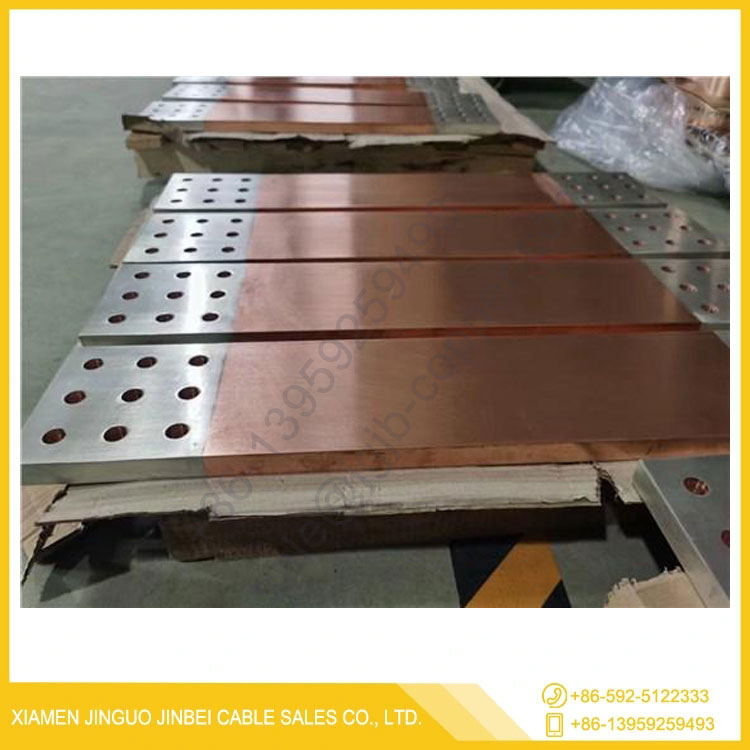Flexible Conductor: The Backbone of Modern Electrical Connectivity
2025-05-29
In today’s fast-evolving world of electronics, automation, and renewable energy, the demand for adaptable, durable, and high-performance electrical components is greater than ever. One key component that meets these demands is the Flexible Conductor—a versatile solution for transmitting electrical current in dynamic or space-constrained environments.

What Is a Flexible Conductor?
A Flexible Conductor is an electrical conductor made from multiple fine strands of metal wire (typically copper or aluminum) that are twisted or braided together. Unlike solid-core wires, flexible conductors are designed to bend and move without breaking, making them ideal for applications where frequent movement or vibration occurs.
Key Features
1. High Flexibility: Designed to endure bending, twisting, and vibration without damage.
2. Excellent Conductivity: Copper or tinned copper strands ensure low electrical resistance and efficient power flow.
3. Durability: Often insulated with high-performance materials like PVC, silicone, or TPE for enhanced heat, oil, and abrasion resistance.
4. Corrosion Resistance: Tinned or silver-plated options prevent oxidation and ensure long-term stability.
Applications of Flexible Conductors
Automotive Industry: Used in car batteries, wiring harnesses, and EV systems where movement and heat resistance are critical.
Industrial Automation: Ideal for robots, CNC machines, and conveyor systems requiring continuous motion.
Consumer Electronics: Found in headphones, chargers, and portable devices that demand bendable, compact wiring.
Renewable Energy: Used in solar panels and wind turbines to handle environmental stress and frequent repositioning.
Aerospace & Rail: Applied in areas where lightweight and vibration-resistant wiring is essential.
Types of Flexible Conductors
Braided Conductors: Made of many fine wires woven together; offer superior mechanical strength and EMI shielding.
Stranded Wires: Consist of grouped wires twisted into a bundle; balance flexibility and current capacity.
Flat Flexible Cables (FFC): Thin and lightweight, commonly used in printers, laptops, and other compact devices.
Tinsel Wire: Extremely flexible and used in low-current applications like telephone cords and audio cables.
Benefits Over Solid Conductors
Improved Lifespan: Less likely to crack or fail under mechanical stress.
Easier Installation: Can be routed around tight corners and through small spaces.
Enhanced Safety: Reduces risk of wire fatigue, short circuits, and insulation failure.
Future Trends
With the rise of smart devices, electric vehicles, and energy-efficient infrastructure, flexible conductors will continue to evolve. Emerging innovations include:
Eco-friendly materials for insulation and conductors.
Miniaturized designs for compact electronics.
Smart wiring that includes sensors and signal transmission capabilities.
Conclusion
Flexible conductors are a critical enabler of modern electrical systems, providing the adaptability and reliability needed in both everyday gadgets and advanced industrial machinery. As technology advances, the role of flexible conductors will only grow, supporting safer, smarter, and more efficient power transmission across all industries.


